Tantō
The Tantō (短刀 "short sword") is a straight or slightly curved, single-edged Japanese combat knife with a blade length of less than 1 shaku (303 mm). Forging techniques similar to those used to make Japanese long swords are used in the manufacture of the weapon. In Aikido practise a wooden tanto is used. This simulates a sharp single-edged knife, so that this aspect must be taken into account when executing the techniques.
Ushiro Katatedori Shihonage
Doshu Yoshigasaki at Bosco Gurin 2011
Uke tries to catch Nage during the execution of shihonage.
Knife techniques
Knife techniques are a sensitive topic in Aikido. Attacks with a knife are much more dangerous than Taijutsu (techniques without weapons) or attacks with Bokken or Jo. Knife attacks have become more and more numerous in recent years. It is easy to carry a knife in your pocket to be prepared for arguments in the milieu.
The training situation in Aikido always assumes that the attacker is launching a clear fatal attack. In reality, however, there are many methods of confusing the attacked with quick movements of the knife. In order to be able to assert oneself effectively against knife attacks, intensive training and a lot of experience are required. In no case should you overestimate your skills.
Tsuki Zenponage and Gokyo
Doshu Yoshigasaki at Bosco Gurin 2011
Uke attacks with Tanto using both hands.
Aikidoka against a sailor with knife
In 1966 Kazuo Chiba was sent to England by Morihei Ueshiba to teach Aikido. In an interview with A.C. Lockyear he tells an episode from this voyage.
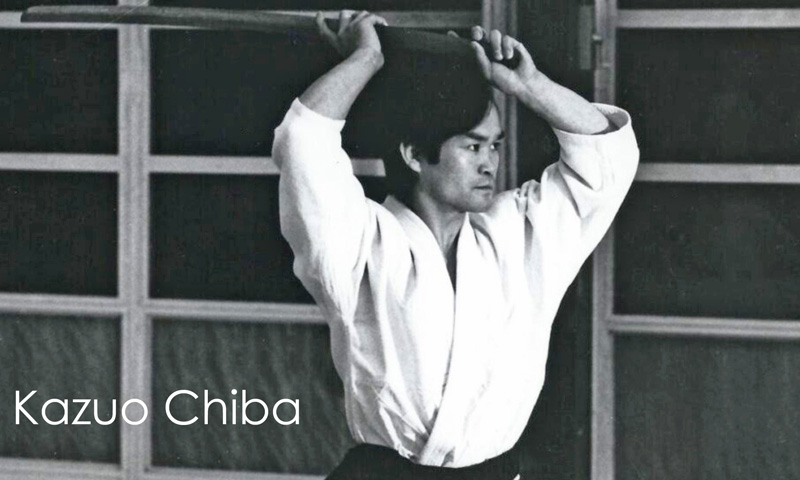
Lockyear: On your voyage from Japan I believe there was an incident ...?
Chiba: Ah yes, we had a party on the ship when we crossed the equator, and I was asked to demonstrate some Aikido techniques. So, I agreed, however there was no-one on board with any Aikido experience to act as my partner.
One of the ship’s crew was asked to assist me, and he attacked me with a knife.
At Hombu Dojo, in knife work, we made a positive attack with a Tanto. But this guy was crouched low, moving around me, changing the knife from hand to hand. This was difficult, as when he made his attack, I would not know which hand had held the weapon.
So when he came at me, I made Gedan Barai with both arms, and I was able to deflect his attack.
The point of his blade actually went through my Obi and just touched my flesh. From Gedan Barai I moved to a counter technique and broke his arm.
Lockyear: With which technique?
Chiba: Katakame, I think.
Lockyear: Blocking techniques such as Gedan Barai are not usual in Aikido. Mainly the hand blade is used as a deflecting move.
Chiba: Yes, but it is not always possible to move, so I believe that you need to be able to make a strong block when necessary.
Lockyear: To conclude our talk may I ask you about two separate things: Atemi and competition in Aikido?
Chiba: Well I believe Atemi (the striking of anatomical weak points) is very, very important to Aikido technique. It is not usually taught in class ... but I personally train in Atemi, of course.
There is no competition in Aikido because it would eliminate a lot of people from the training. The purpose of Aikido is to allow as many different people as possible - men and women, young and old, weak and strong - to develop their potential through practice together.
Lockyear:What would you consider to be the most important quality in a good Aikidoka?
Chiba: Sincerity.
(Source: http://www.aikidosphere.com/kc-e-challenges)
Kazuo Chiba (1940-2015) was an Aikidō teacher and a direct student of Ueshiba Morihei. He was a holder of the 8th Dan of the Aikidō organization Aikikai. He was also the founder of the Dōjō San Diego Aikikai in San Diego and the Aikido organization Birankai. His style is considered to be very direct, which is why this Aikido is sometimes viewed as relatively "hard" or "rough". Much emphasis is placed on training with the weapons commonly used in Aikido (Jō, Bokken and Tantō). Before he came to Aikido Chiba had practised Karate, Gedan Barai is a Karate technique.
Tantō Practise


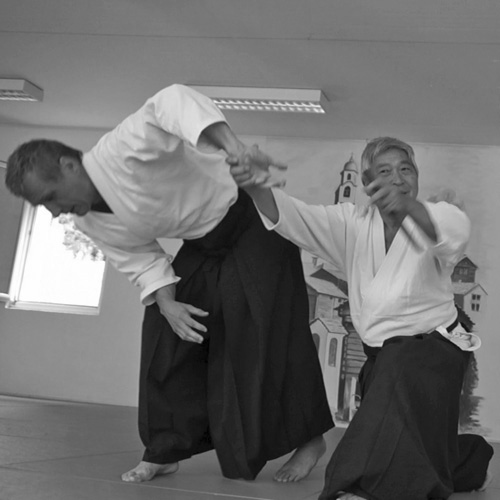
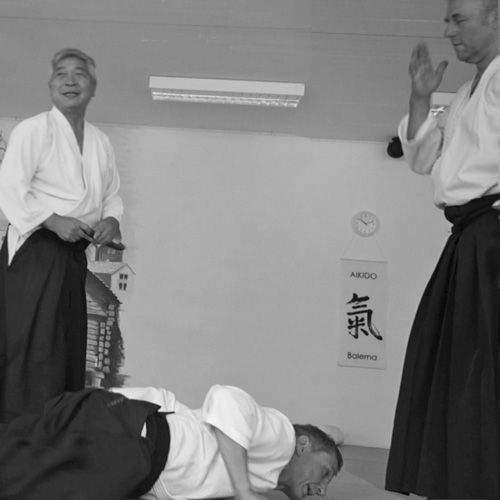
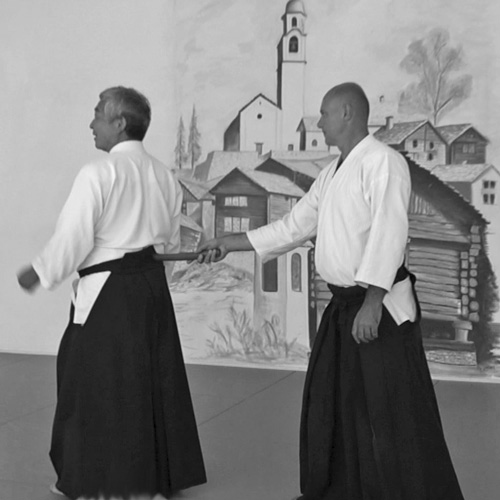
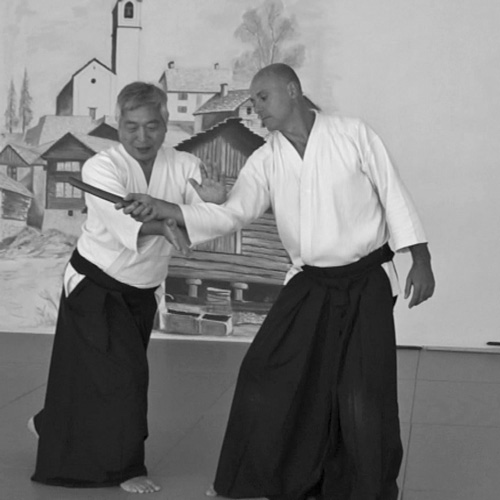
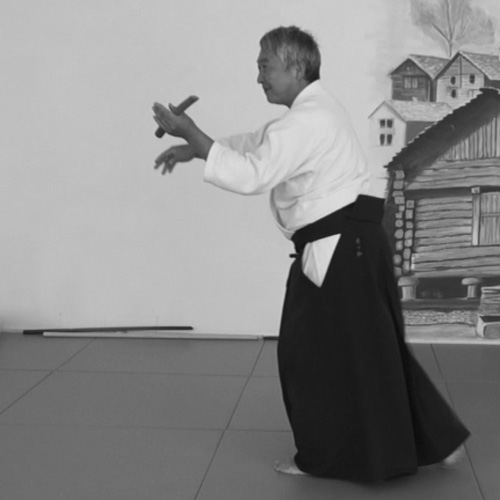







The first technique with Tantodori appears in 3rd Kyu (tsuki koteoroshi). Tsuzukiwaza Tantodori 1 is required for the 1st Dan and Tsuzukiwaza Tantodori 2 for the 2nd Dan. All of these techniques have been revised and expanded by the Doshu.
The Samurai Astronomer 2012
The film describes the development of a correct calendar for Japan in the 17th century. The protagonist Yasui Sansetsu (1639-1715), later known as Shibukawa Shunkai, experienced many difficulties until his calendar was finally officially introduced.
It is an informative film for those interested in astronomy and mathematics.
At the center of the plot are astronomical considerations and correct measurement methods. Further topics are the game of Go, the relationship between the Shogun and the imperial court and a nice love story as an ornament.
The story is based on the novel "Tenchi Meisatsu (天地 明察 Clear Understanding of Heaven and Earth)" by Tow Ubukata (*1977). The director Yōjirō Takita is known for his 2003 film "Okuribito".
